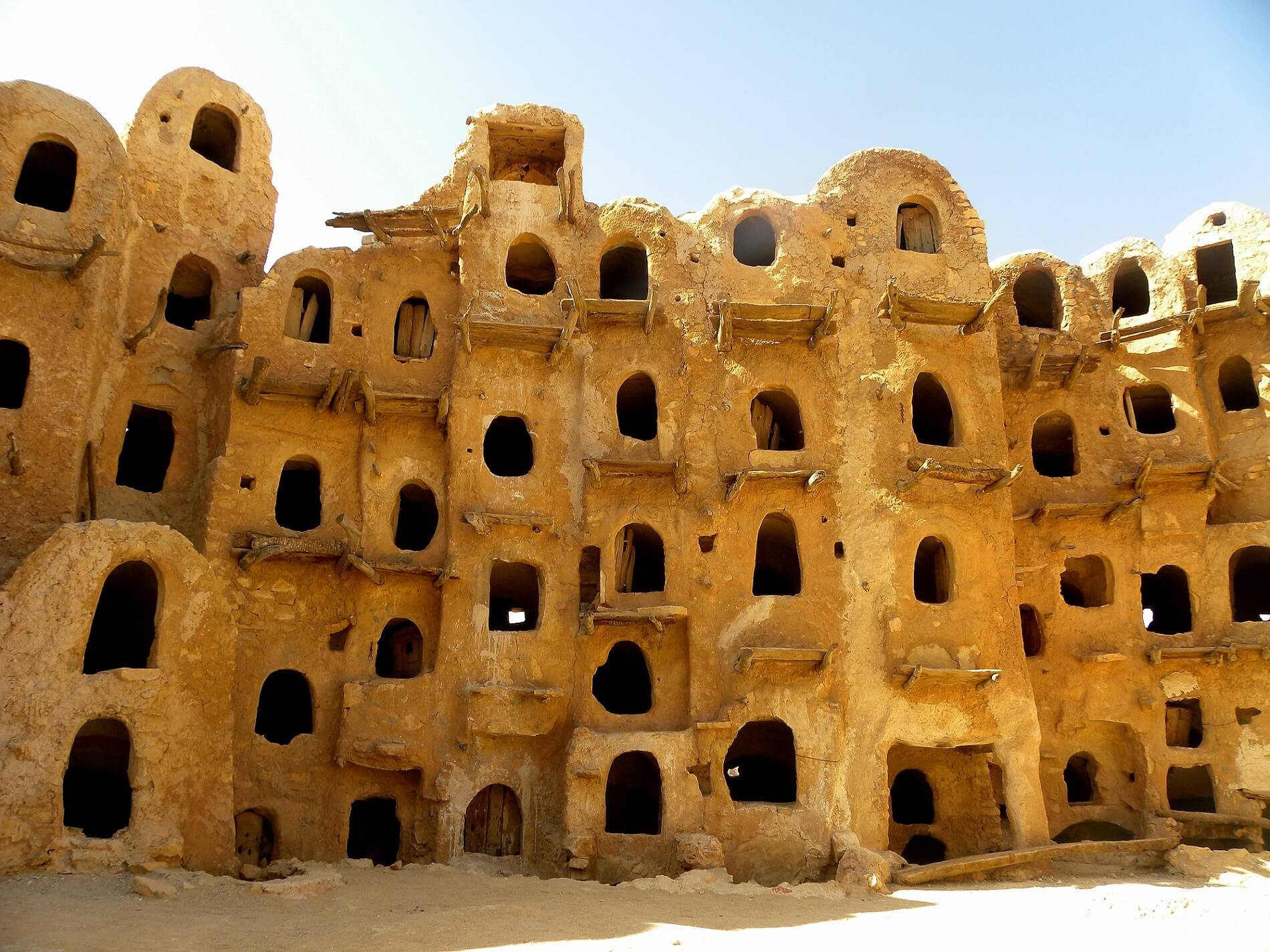On 23 October, the Waha Oil Company announced the beginning of operating tests of phase 2 at the Farigh field. Farigh field’s gas production capacity is set to increase by 180 MMSCFD in the next two weeks – bringing the total quantity of gas to be pumped from Farigh field to approximately 250,000 MMSCFD by November 2019, in addition to the production of 15,000 barrels of condensates. This development is seen as part of the National Oil Corporation (NOC) five-year strategy to increase oil and gas production. The NOC said that Farigh's gas will be used to increase the efficiency of crude oil production at the Intisar 103 field and could supply power plants in the eastern region such as the Benghazi North power station, replacing subsidized liquid fuel. The project will also increase gas supply to methanol plants and the Libya Norwegian Fertilizer (LifeCo) at Brega port [O-A1]. The NOC is awaiting the General Company for Gas Transmission & Distribution’s completion of gas pipeline installations to connect the Farigh field with the Sarir power plant, carried out in collaboration with Petrojet, an Egyptian company.The development of the Farigh field is an important baby step towards achieving the longer-term production targets of the NOC. Apart from the potential revenues generated by increased gas exports, light-fuel fed power stations in eastern and central Libya could ultimately be replaced with gas supplies. This, however, requires financing of a modern downstream infrastructure which is less costly to operate and guarantees safer and steady supplies to power stations. However, that goal is likely to be unattainable currently amid serious shortages in NOC development financing and the on-going division of state's financial institutions.

